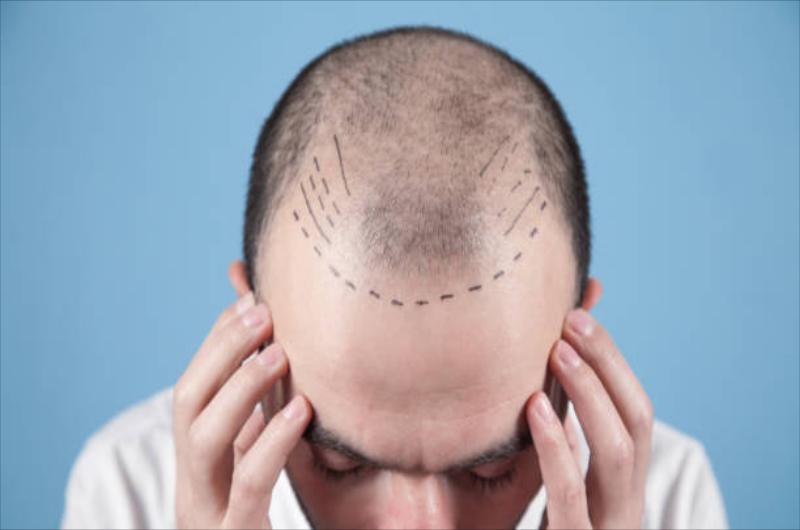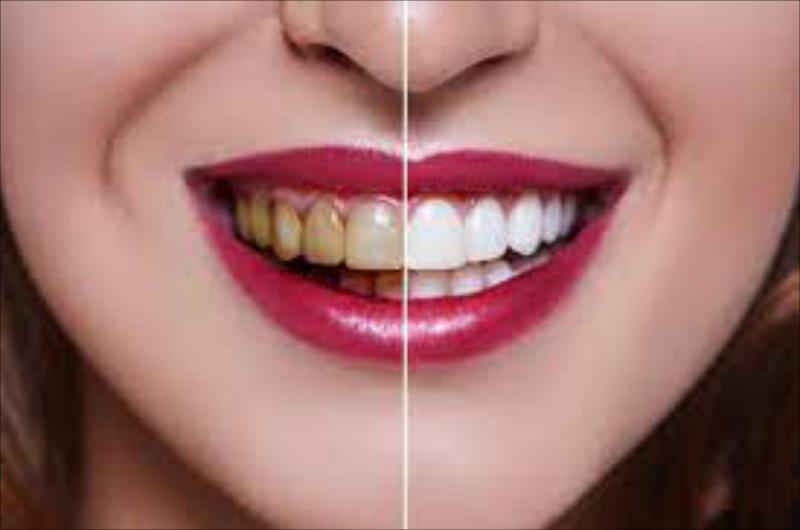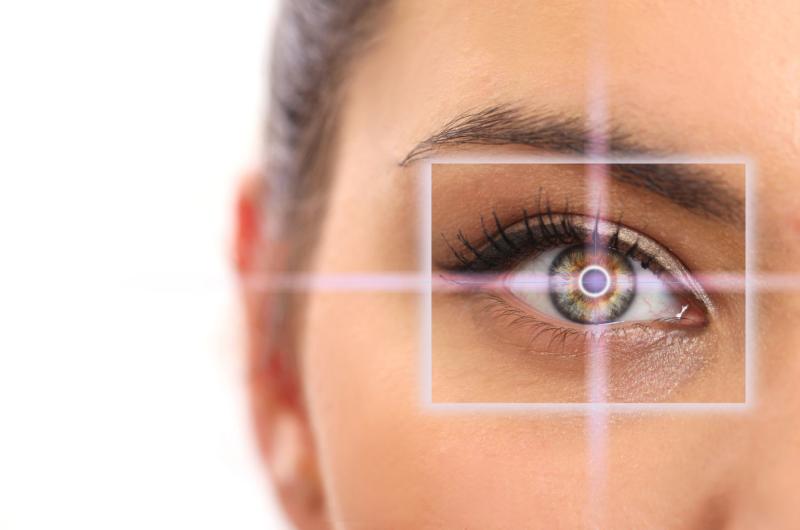About Treatment
Aortic Aneurysm is a pathological local expansion of the section of the main artery, due to the weakness of its walls. Depending on the location of the aortic aneurysm, it can show itself by pain in the chest or abdomen, the presence of a pulsating tumor formation, symptoms of compression of neighboring organs: shortness of breath, cough, dysphonia, dysphagia, swelling and cyanosis of the face and neck. The basis of the diagnosis of aortic aneurysm are radiological (chest and abdominal radiography, aortography) and ultrasound methods (ultrasound of the chest / abdominal aorta). Surgical treatment of aneurysm involves performing its resection with aortic prosthesis or closed endoluminal prosthesis of the aneurysm with a special endoprosthesis. The main danger of this disease is the gradual expansion of the lumen of the vessel, which in the absence of intervention can lead to rupture.
Causes of Pathology
There can be several reasons for the development of aneurysm. This is atherosclerosis with its simultaneous hardening of the arteries. The genetic factor matters, that is, the weakening and thinning of the walls of the vessel can occur due to hereditary diseases. The reason for the development of aneurysm is a previous infection, for example, syphilis and endocarditis. The most common cause of aortic aneurysm is age. With age, the veins and blood vessels lose their elasticity, the aorta becomes more rigid, which leads to the appearance and development of aneurysm. In more rare cases, aneurysm develops as a result of trauma. The aorta can be damaged due to a strong trauma to the chest or during a car accident.
Symptoms
Unfortunately, the most obvious and sign of aneurysm is its rupture with subsequent bleeding and a high probability of death. Despite such asymptomaticity, the problem can still be detected, since the development of the disease is often accompanied by unpleasant and painful sensations, which can be attributed to other common diseases.
Aortic aneurysm is a pathological bulging of the walls of the aorta. The main causes of aortic aneurysm are atherosclerosis, high blood pressure, hereditary tissue pathology (Marfan syndrome and Ehlers-Danlos syndrome), as well as congenital defects of the heart and blood vessels. Aortic aneurysm is a complex and dangerous disease, characterized by an increased risk of sudden death. Symptoms of aortic aneurysm are associated with impaired blood circulation and with compression of the organs surrounding the aorta. In some cases, an aortic aneurysm develops completely asymptomatically. Diagnosis of aortic aneurysm involves the determination of structural changes in the aorta using various imaging methods. The main treatment for aortic aneurysm is surgery. Therapeutic treatment is used to reduce the rate of progression of atherosclerosis and to prevent complications. Aortic surgery is considered the most difficult in the entire field of cardiac surgery.
Surgical methods of treating aortic aneurysm:
Prosthetic replacement of the ascending aorta with synthetic conduit is a surgical technique in which a pathologically altered portion of the aorta is replaced with a dacron tube with an artificial aortic valve. This common treatment option has good results, but there is a slight drawback: a healthy aortic valve is replaced with an artificial valve.
Supracoronary prosthesis of the ascending aorta is a surgical technique in which the pathologically altered parts of the ascending aorta are replaced with a synthetic tube made of dacron. This treatment option is used when patient does not have changes on the aortic valve and does not require surgical correction.
David operation is a surgical technique in which the replacement of the pathologically changed section of the ascending aorta is performed by reconstructing the aortic root while preserving the natural aortic valve. This is a surgical technique named after its founder.
-
Types of Aneurysm
Thoracic aortic aneurysm (TAA)
Abdominal aortic aneurysm (AAA)
-
Recovery Period
After operation on the aorta, patient is admitted to ICU for 1-2 days, and then completes his recovery in the hospitalization department within 3 days.
-
Causes
Marfan syndrome
Fibrotic dysplasia
Ehlers-Danlos syndrome
Erdheim syndrome
Hereditary deficiency of elastin, etc. -
Classification
Valsalva sinus aneurysm
Aneurysm of the ascending aorta
Aortic arch aneurysm
Aortic aneurysm
Abdominal aortic aneurysm
Aneurysm of combined localization - thoracoabdominal part of the aorta.
Prophylactic surgery on the aorta in patients with aneurysm of the ascending aorta is the expansion of the aorta of more than 5 cm, for patients with Marfan syndrome, it is recommended to perform surgery on the aorta with an expansion of up to 5 cm. It is known that the risk of aortic rupture in patients with the syndrome Marfan, with an expansion diameter of up to 6 cm, is 4 times higher than in patients with aneurysms not suffering from Marfan syndrome. It should be remembered that aortic dissection is the main cause of death and disability in patients, therefore, preventive surgery is extremely important. Moreover, patients whose aortic expansion rate exceeds 3 mm per year, as well as patients with a family history of aortic rupture, are clearly advised to undergo a preventive operation at the earlier stages of aortic expansion.
Supracoronary prosthetics of the ascending aorta;
Supracoronary prosthetics of the ascending part with aortic root reconstruction;
Prosthetics of the ascending aorta and aortic valve by various types of valve-containing conduits with reimplantation of the coronary artery orifice according to the Bentall-De Bono technique (including the Kouchoukos modification);
Valve-saving operations on the aortic valve with prosthetics of the ascending aorta according to David technique. Prosthetics of the aortic valve, aneurysm, rafting, wrapping of the ascending aorta. Aortic stent implantation.
Complete prosthetics of the aortic arch (with an end-to-end anastomosis;
Partial prosthetics of the aortic arch;
Reconstruction of the aortic arch;
Prosthetics (or reconstruction) of the arch in combination with prosthetics of the ascending aorta.
Supracoronary prosthetics of the ascending aorta;
Supracoronary prosthetics of the ascending part with aortic root reconstruction;
Prosthetics of the ascending aorta and aortic valve by various types of valve-containing conduits with reimplantation of the coronary artery orifice according to the Bentall-De Bono technique.
Prosthetics of the ascending aorta and arch after previously performed prosthetics of the heart valves;
Reconstitution of the ascending aorta and / or prosthesis of the arch after previously performed prosthesis of the ascending aorta.











